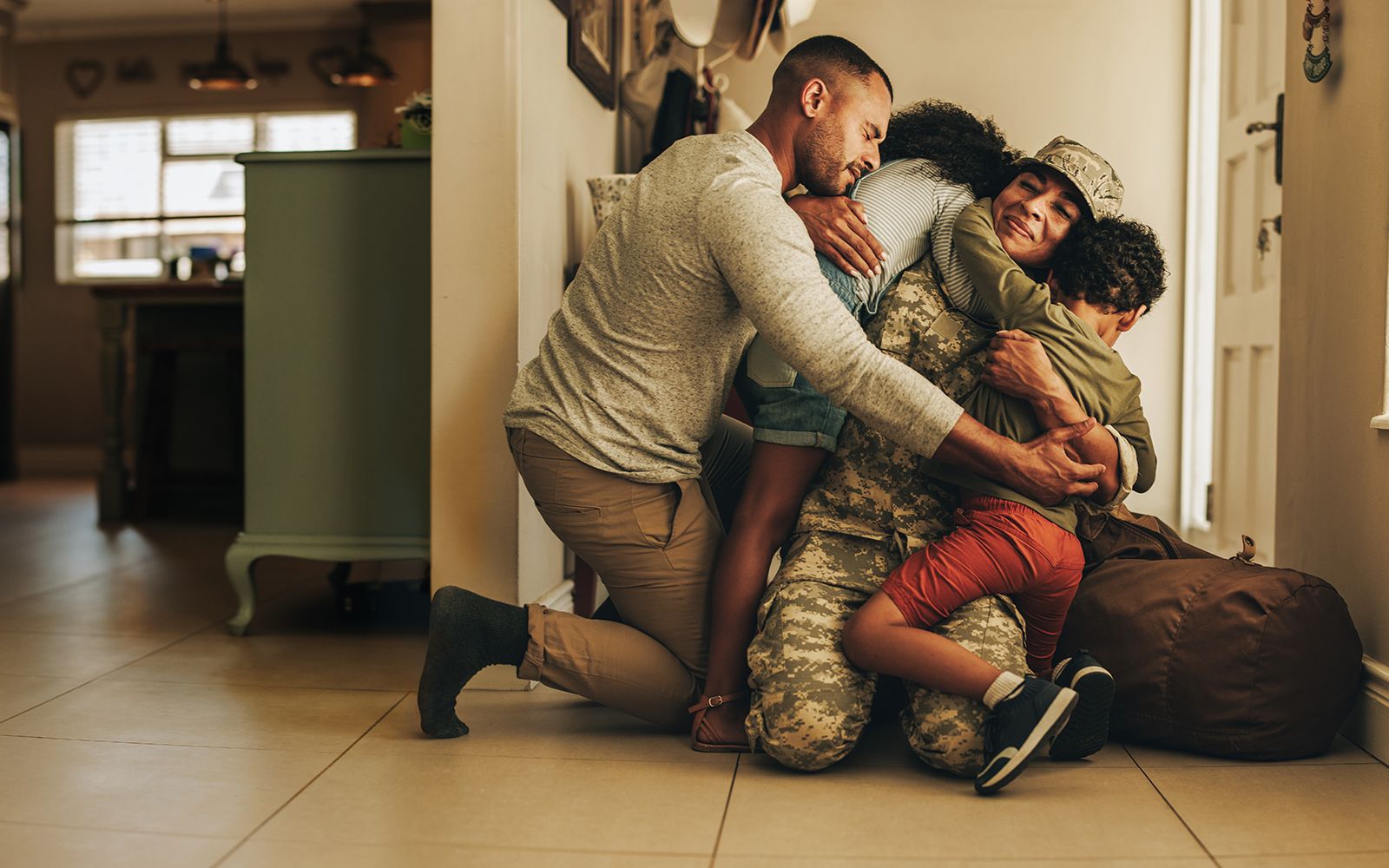Leadership
We Salute Vets, First Responders As An Essential Reason Why
The value of the work people who serve in the U.S. Armed Services and among domestic rescue, protection, and first-responder forces is both perpetual and ever- renewing, not least in empowering others of us to discover what character is, what it means, and how it behaves.

For all that's changing as it is now – constant, dizzying, all-encompassing – some things don't, and won't ... ever.
The value of the work people who serve in the U.S. Armed Services and among domestic rescue, protection, and first-responder forces is both perpetual and ever- renewing, not least in empowering others of us to discover what character is, what it means, and how it behaves.
More than that, what it inspires us to strive for ourselves. And for that gift, for which there's no words to fully express gratitude, we say, 'thank you.'
This human bridge spanning all that's evolving and what stays constant is character. Character sets pain apart from pessimism. It fills a gnawing, yawning gap between what we want or expect to happen and what does by enabling us to cope and even flourish in a life that's about probabilities, not certainties.
Character – which we get from the Greek word "kharakter," meaning "a defining quality, individual feature" – withstands the searing effects of adversity. In the face volatility and uncertainty, it proves out a staying power unlike other human traits time and a again.
In the "little picture," everything is fleeting and fleeing at warpspeed. The "big picture" is calmer, more glacial. Within character nests four unchanging values embedded deep in the American homebuilding workplace culture, whether it's at the jobsite, behind the windshield, or at a desk or showroom. So often these timeless values spring directly from men and women who've worked successfully to protect U.S. citizens and their rights, and privileges, and their dreams.
- Leadership
- Teamwork
- Adaptability
- Perseverance
Now is such a time, where it's the character in homebuilding more so than strategic or financial or political advantages or risks of the present or past. Character, not prescience nor certainty nor a "narrative," gets homebuilding, homebuilders, local economies, through times like this that test us.

Before daybreak this morning, at tens of thousands of residential construction jobsites, many of those people in the ranks of construction crews – currently working on the "inventory of homes under construction (blue) at 301 thousand ... and the inventory of homes not started is at a record 105 thousand" --
Character is the reason pain, striving, resolve, hope, and recovery – cyclically – prove true over and over in this business of making homes and communities for people. Character, often as not, springs from people who've served, sacrificed, endured pain, survived it, learned, and applied that learning in military service.
The full-circles of regenerative contribution and value – team members who are veterans of military often leading the charge in efforts to mobilize companies, their partners, and their partners' partners to give back to their brothers and sisters who've made even bigger physical, personal, human sacrifices in service to that character America stands for:
Scores of the nation's armed services heroes each year are beneficiaries of Habitat for Humanity’s Veterans Build program, Operation Finally Home, Homes For Our Troops (HFOT), the Gary Sinise Foundation’s R.I.S.E. program, The Warrior’s Project, sponsored by Operation: Warrior’s Path, the Building Homes for Heroes initiative, Operation Homefront's Homes on the Homefront, and PulteGroup's decade-long Built to Honor program.
What all of these programs and their ecosystems of participants and honorees stand for in a way is the multiplier effect of the act of service those who commit to military or first-responder work set in motion in residential construction and real estate. They complete their terms of military service, take up livelihoods in some facet of the building trades, or construction management, or corporate life, and then bring all they've learned technically, and about how to thrive and endure, into play on the job.
They live out character in its truest form, and from that we – the public, or the colleagues, or the partners – benefit in discovery, motivation, and inspiration.
Storytelling needs – after all – a hero, and without that human impact, a story falls flat.
Homebuilding, homebuilders, manufacturing and distribution partners, investors and lenders, vendors and beneficiaries alike, can lean into a narrative all they want to describe what's going on now and what will get them through a crisis we've yet to understand the full depth and trajectory of.
It's the character of the people who'll ultimately determine the narrative of who comes through it all intact and why. Not the other way around.
A friend in the business told me, "John, companies should let veterans off for Veterans Day Friday."
It's true that every veteran should get a discretionary paid day off in recognition of their service. But if they all took off today, probably not enough work would get done on those 400,000 homes builders are striving to get done for people who're waiting to live in them and make their memories.
MORE IN Leadership
Homebuilding Strategists Talk Candidly About Getting To 2030
At Denver’s Focus on Excellence summit, five builder leaders strip away spin. They reveal real pressures—capital, costs, people—and how they’re fighting back.
D.R. Horton’s Greenville Play Signals Private Builder Squeeze
The nation’s largest builder isn’t slowing tuck-in acquisitions. SK Builders’ exit reveals why privates face thinner "lower-for-longer" margins — or, perhaps, the exit door.
Insurance Costs Now Define Housing’s Affordability Equation
Insurance premiums have soared nearly 70% in five years, now consuming almost one in ten housing dollars. Homebuilders who plan for insurability early protect both margins and buyer trust.
